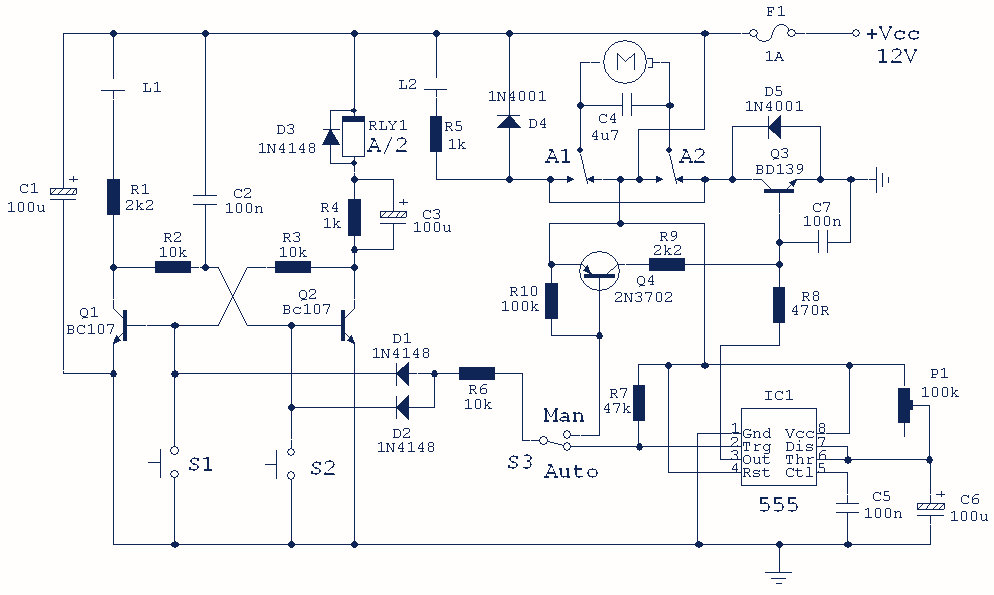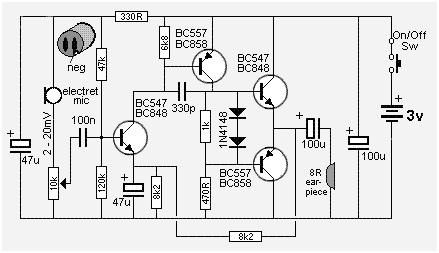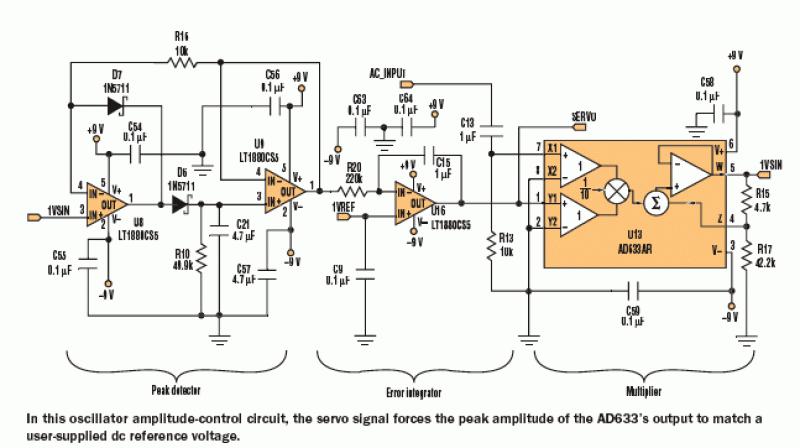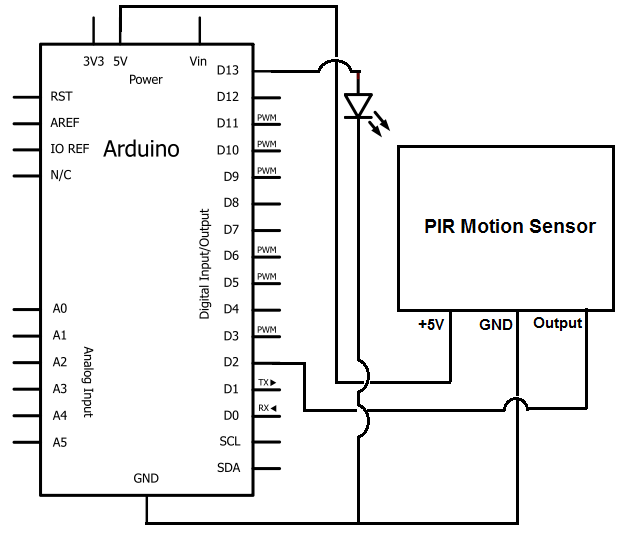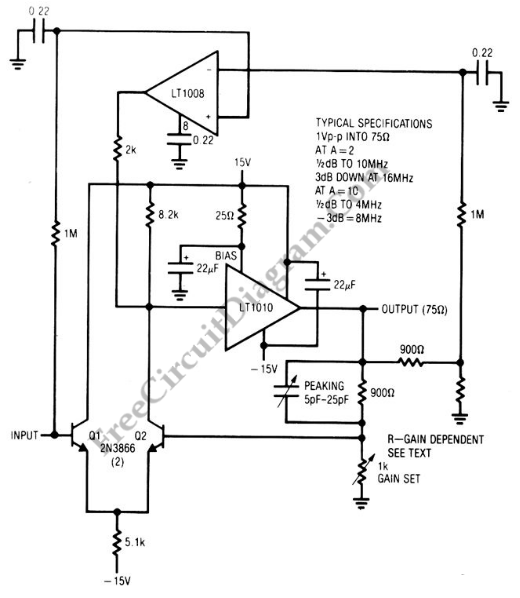
Gate Alarm Circuit
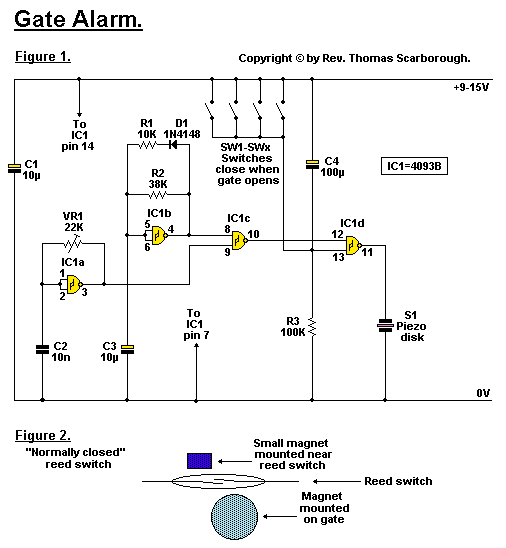
The objective is to enhance information transmission through the distribution of articles. Please contact us via email at [email protected] within 15 days if there are any issues related to article content, copyright, or other concerns. Prompt deletion will occur if necessary.
In the context of electronic communications, the transmission of information can be significantly improved through the utilization of various protocols and technologies. This involves the integration of advanced circuitry designed to facilitate efficient data transfer.
An effective electronic schematic for this purpose may include components such as microcontrollers for processing data, communication modules (e.g., Wi-Fi, Bluetooth, or RF modules) for wireless transmission, and memory units for storing articles temporarily during the transfer process. The microcontroller can be programmed to manage the flow of information, ensuring that articles are sent and received accurately and securely.
Additionally, the schematic should incorporate power supply circuits to ensure that all components operate reliably. Voltage regulators may be included to provide stable power to sensitive devices. Furthermore, protective elements such as diodes and fuses can be integrated to safeguard against potential surges or faults in the system.
For data integrity, error-checking mechanisms, such as checksums or CRC (Cyclic Redundancy Check), can be integrated into the design. This will help identify and rectify any discrepancies in the transmitted articles before they reach the recipient.
In summary, a comprehensive electronic schematic for enhancing information transmission through article distribution must encompass microcontrollers, communication modules, memory storage, power management, and error-checking mechanisms. Each component plays a crucial role in ensuring efficient, secure, and reliable transmission of information.We aim to transmit more information by carrying articles. Please send us an E-mail to wanghuali@hqew. net within 15 days if we are involved in the problems of article content, copyright or other problems. We will delete it soon. 🔗 External reference
In the context of electronic communications, the transmission of information can be significantly improved through the utilization of various protocols and technologies. This involves the integration of advanced circuitry designed to facilitate efficient data transfer.
An effective electronic schematic for this purpose may include components such as microcontrollers for processing data, communication modules (e.g., Wi-Fi, Bluetooth, or RF modules) for wireless transmission, and memory units for storing articles temporarily during the transfer process. The microcontroller can be programmed to manage the flow of information, ensuring that articles are sent and received accurately and securely.
Additionally, the schematic should incorporate power supply circuits to ensure that all components operate reliably. Voltage regulators may be included to provide stable power to sensitive devices. Furthermore, protective elements such as diodes and fuses can be integrated to safeguard against potential surges or faults in the system.
For data integrity, error-checking mechanisms, such as checksums or CRC (Cyclic Redundancy Check), can be integrated into the design. This will help identify and rectify any discrepancies in the transmitted articles before they reach the recipient.
In summary, a comprehensive electronic schematic for enhancing information transmission through article distribution must encompass microcontrollers, communication modules, memory storage, power management, and error-checking mechanisms. Each component plays a crucial role in ensuring efficient, secure, and reliable transmission of information.We aim to transmit more information by carrying articles. Please send us an E-mail to wanghuali@hqew. net within 15 days if we are involved in the problems of article content, copyright or other problems. We will delete it soon. 🔗 External reference
